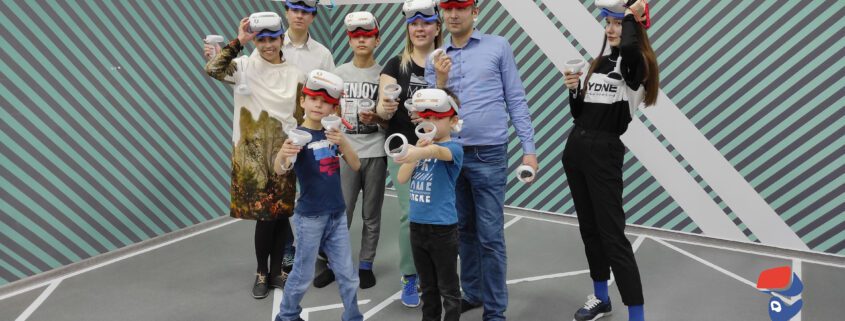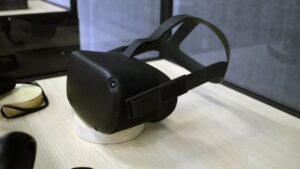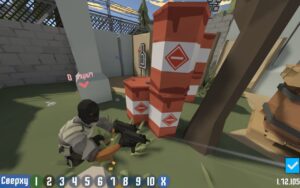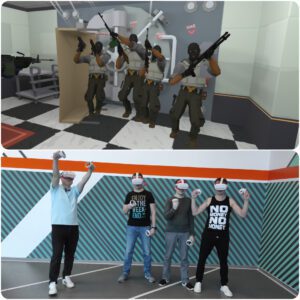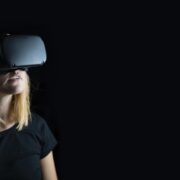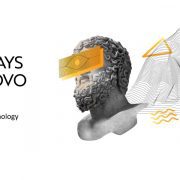Virtuactions: a Virtual Reality Arena
Location-based entertainment (LBE) is one of the most promising areas in the segment of Virtual Reality. The hallmark is that a group of participants can interact with each other in a virtual environment in the prepared area. Just imagine yourself and your friends exploring an abandoned castle and looking for the answers to the prepared quest and fighting with hordes of zombies in an infected city, while visually and physically feeling your partner next to you in a virtual sphere. All these are plots of various LBE games. The first arenas of this type appeared in 2015 for major players such as Zero Latency, The Void, Sandbox VR, Hologate, IMAX, etc. They created the products based on HTC VIVE headsets and portable PC with a body tracking system via attachable sensors.
Evolution of the arena
At first, the game was created for the Steam VR platform with its logic and control system. After the presentation of a standalone Oculus Quest headset, engineers of the company studied all the main parameters in detail and suggested that based on this device it is possible to implement a PVP-shooter from our finished game by partially upgrading some parameters. It is worth noting that the purchase of Oculus Quest was a real challenge as it was necessary to deliver it to Russia, which is still under sanctions and does not have the near representative office in the CIS. The devices could be purchased in the neighboring countries: Poland and Finland, but a set of 10 devices was bought in the USA with the delivery by plane to Russia.
Having received the headset, the engineers began to conduct tests. The first sessions were organized for 2*2 players, then for 5*5 to achieve tracking with the high accuracy of the devices in a virtual environment. The main bet was made on the Oculus Quest – Inside Out tracking technology, which itself recognized and remembered the perimeter and the boundaries of the game zone. There are four cameras on the device. These cameras analyze the surroundings and understand the position of a helmet and controllers in space. The cameras work in RGB – range, best of all they read dark and light stripes, which in the future we applied to the floor for better tracking.
The announcement of the game was in August 2019. At the same time, there were the first solutions from I-illusions with its Space Pirat Arena, Tetra Studio with Triton VR, and from other teams, that began to create their arenas on the same principle. Progress does not stand still, and human thoughts can be very similar though in a different part of the planet. The announcement of similar products in practice showed the correctness of our choice and the transition of battles in virtual reality to a new type of arenas with standalone devices.
Perspectives of VR arenas
The advantage of such products over arenas based on VR helmets with PC is obvious – the player is not constrained with additional equipment, players can jump, run, crawl as in real life, transmitting the real effect of presence. Every year, more and more powerful devices are released with similar technical parameters to wired headsets.
Arenas of this type are easy to integrate with new equipment, as the game base is always available via the internet on a remote server. Since 2020, we have been implementing the new Oculus Quest 2 to our arenas, completely replacing the headsets of the first version. In total, Virtuactions has 20 locations in three counties around the world with successful indicators for-profit and attendance. Undoubtedly, the trend for the next 5 years will be the games and the solutions based on LBE VR, which will replace small VR clubs with their personal experience from the market. The important indicator is the possibility to earn in the arena as a professional player. Plenty of examples we know from classic e-sports.
Competitions between our locations are planned to be held at the beginning of 2022.
Contacts
Official website: va-arena
Instagram: cbraction
VK: nikinani
Tel: 8(800) 350-04-41
